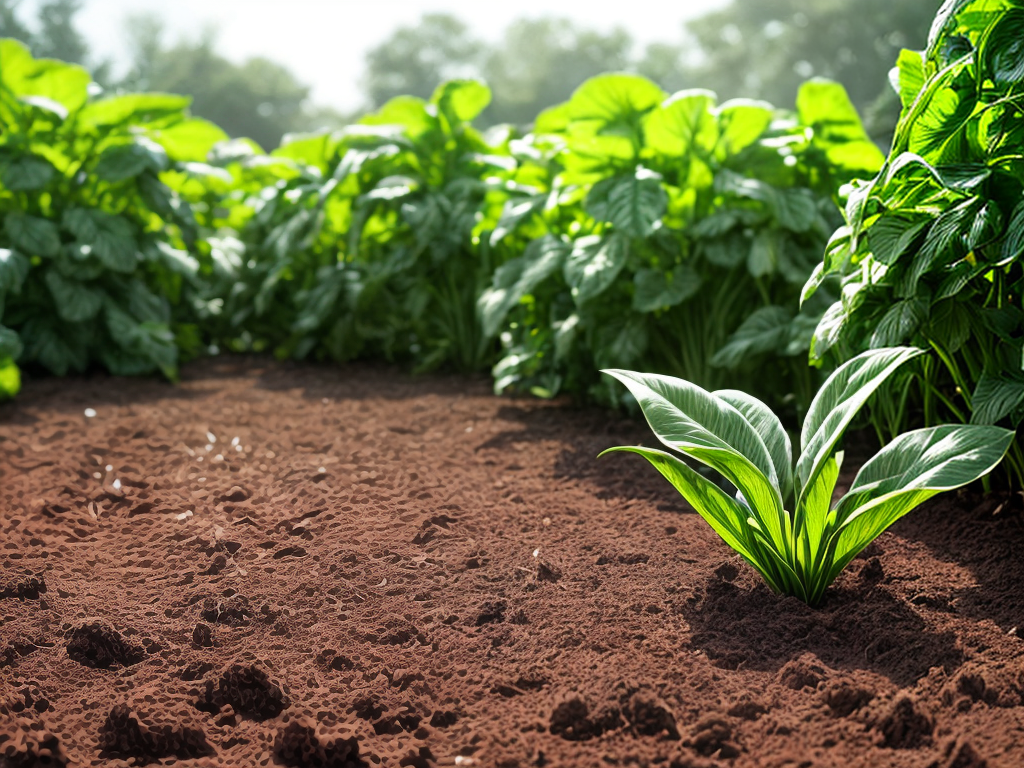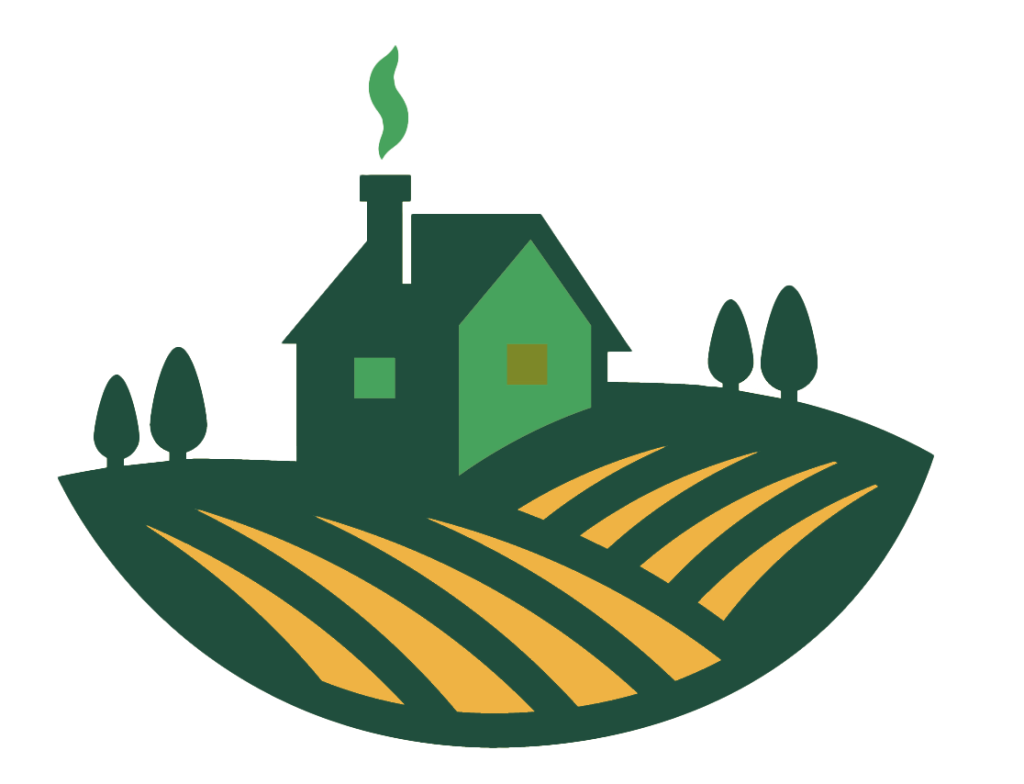
As a gardener, I understand the importance of proper irrigation techniques for my organic veggie garden. Juxtaposing simplicity and effectiveness, these top irrigation techniques will help you achieve optimal results. With drip irrigation and soaker hoses, precise water distribution is ensured, while sprinkler systems provide comprehensive coverage. Rainwater harvesting allows you to conserve resources, while mulching retains moisture. And for those personal touches, hand watering techniques offer a hands-on approach. Get ready to grow your veggies with the best irrigation methods!
Drip Irrigation
I prefer using drip irrigation in my organic veggie garden because it provides efficient and targeted watering for my plants. Drip irrigation is a method of delivering water directly to the roots of plants, reducing water loss due to evaporation and runoff. This technique offers several benefits for my garden. Firstly, it ensures that water is delivered in small, controlled amounts, preventing overwatering and water wastage. Secondly, drip irrigation helps to maintain soil moisture levels, preventing the growth of weeds and reducing the need for manual watering. Additionally, this method minimizes the risk of diseases caused by overhead watering, as water is delivered directly to the plant’s root zone. Installing drip irrigation in my garden was a straightforward process. It involved placing a network of tubes with emitters near each plant, allowing water to drip slowly and evenly into the soil. Overall, drip irrigation has proven to be a reliable and efficient watering solution for my organic veggie garden.
Soaker Hoses
Soaker hoses are a highly efficient irrigation method for your organic veggie garden. These hoses release water directly to the roots of your plants, reducing water waste and ensuring optimal hydration. With the ability to control water distribution, you can easily customize the amount of water each plant receives, promoting healthier growth and minimizing the risk of overwatering. Plus, soaker hoses are a cost-effective option, saving you money on water bills while keeping your garden thriving.
Efficiency of Soakers
Using a reliable soaker hose can significantly improve the efficiency of irrigation in my organic veggie garden. Soaker hoses have several benefits that make them a popular choice among gardeners, including:
- Consistent and targeted watering: Soaker hoses deliver water directly to the roots of plants, ensuring they receive the necessary amount of moisture without wasting water through evaporation or runoff.
- Water conservation: Soaker hoses are designed to release water slowly and evenly, minimizing water loss and promoting deeper root growth.
- Weed suppression: By delivering water directly to the plants, soaker hoses reduce the amount of moisture available to weeds, helping to suppress their growth.
- Time-saving: Soaker hoses can be set up to water the garden automatically, saving time and effort compared to hand watering.
Despite their many benefits, soaker hoses also have a few drawbacks to consider:
- Limited coverage: Soaker hoses have a limited reach and may not be suitable for larger gardens or areas with irregular plant spacing.
- Clogging potential: Over time, mineral deposits and debris can accumulate in soaker hoses, potentially causing clogs and affecting their performance.
- Uneven water distribution: If not properly installed or maintained, soaker hoses may deliver water unevenly, resulting in overwatering in some areas and underwatering in others.
- Durability issues: Soaker hoses can be susceptible to damage from UV rays, heat, freezing temperatures, and physical wear and tear.
Water Distribution Control
To ensure precise water distribution control with soaker hoses, it is essential to adjust the water flow rate and monitor the moisture levels regularly. By properly managing the water flow, you can maximize water savings and prevent over-watering your organic veggie garden. One way to achieve this is by using smart irrigation systems that allow you to set the desired water flow rate and schedule watering times based on the specific needs of your plants. Monitoring the moisture levels is also crucial in maintaining an optimal watering schedule. This can be done by using moisture sensors or simply by checking the soil moisture with your hands. By implementing these water saving techniques and utilizing smart irrigation systems, you can ensure efficient water distribution and promote the healthy growth of your organic vegetables.
| Water Distribution Control (Soaker Hoses) |
|---|
| Adjust water flow rate |
| Monitor moisture levels regularly |
| Utilize smart irrigation systems |
Cost-Effective Irrigation Method
I prefer employing a cost-effective irrigation method for my organic veggie garden by utilizing soaker hoses. Soaker hoses are a great option for cost saving techniques and water conservation methods. Here are some reasons why I find them beneficial:
- Efficient water distribution: Soaker hoses deliver water directly to the roots of plants, minimizing water loss due to evaporation and runoff.
- Customizable watering: Soaker hoses can be easily adjusted to provide the right amount of water to each plant, preventing over or under watering.
- Low maintenance: Once installed, soaker hoses require minimal maintenance, saving time and effort.
- Cost-effective: Soaker hoses are affordable and can be reused for multiple growing seasons, making them a cost-effective choice for irrigation.
Sprinkler Systems
When it comes to efficient watering in your organic veggie garden, sprinkler systems are a popular choice. They offer convenience and versatility, allowing you to water your plants evenly and efficiently. To ensure maximum effectiveness, it is important to choose the best sprinkler options for your specific garden needs.
Watering Efficiency Tips
For optimal watering efficiency in my organic veggie garden, I rely on the effectiveness of sprinkler systems. These systems not only save me time and effort but also help conserve water. Here are some watering efficiency tips using sprinkler systems:
- Install a rain sensor: This smart irrigation system detects rainfall and automatically shuts off the sprinklers, preventing overwatering.
- Adjust the sprinkler heads: Make sure the sprinkler heads are properly aligned and not spraying onto non-vegetation areas, such as walkways or driveways.
- Water in the morning: Watering early in the day allows the plants to absorb the moisture before the heat of the sun evaporates it.
- Use a timer: Set a timer to control the duration and frequency of watering, ensuring that the plants receive adequate moisture without wasting water.
Best Sprinkler Options
To ensure optimal irrigation in my organic veggie garden, I prioritize selecting the most efficient sprinkler systems. Two of the best options for efficient irrigation are drip tape and micro sprinklers. Drip tape is a type of irrigation system that delivers water directly to the base of plants. It consists of a flexible plastic tube with small holes or emitters spaced evenly along its length. This allows for precise water distribution, minimizing water waste and reducing the risk of overwatering. Micro sprinklers, on the other hand, are small sprinkler heads that provide a gentle and even distribution of water. They are particularly effective for smaller areas or plants that require a more delicate watering approach. Both drip tape and micro sprinklers are excellent choices for maintaining a healthy and thriving organic veggie garden.
Rainwater Harvesting
One effective irrigation technique for my organic veggie garden is utilizing rainwater harvesting. This method not only helps conserve water but also provides several benefits.
- Water Conservation Methods: Rainwater harvesting is an excellent way to reduce water consumption from other sources, such as municipal supply or wells.
- Rain Barrel Benefits: By collecting rainwater in barrels or containers, you can store it for later use during dry spells, reducing the need for additional watering.
- Cost-Effective Solution: Rainwater harvesting is a cost-effective method as it utilizes a free and abundant natural resource.
- Environmental Impact: By harvesting rainwater, you are reducing the demand on freshwater sources and minimizing the strain on the environment.
Implementing rainwater harvesting in your organic veggie garden not only ensures the sustainability of your garden but also contributes to the overall water conservation efforts.
Mulching for Moisture Retention
My preferred method for moisture retention in my organic veggie garden is using mulching. Mulching with compost is an effective way to conserve moisture in the soil, especially in raised bed irrigation systems. Compost mulching acts as a protective layer, reducing evaporation and maintaining soil moisture levels. When applied around plants, it helps to retain water, preventing it from being lost to the atmosphere. The organic matter in compost also improves soil structure, allowing it to hold more water and nutrients. Additionally, compost mulching helps to suppress weed growth, reducing competition for water. Overall, this technique promotes optimal moisture levels in the soil, ensuring the health and productivity of my organic vegetable garden.
Hand Watering Techniques
When it comes to watering my organic veggie garden, I find that hand watering is a convenient and efficient technique. While there are alternative methods available, hand watering allows me to have direct control over the amount and location of water applied. Here are the pros and cons of hand watering:
-
Pros:
-
Allows for precise watering, ensuring plants receive adequate moisture.
-
Enables me to spot and address any issues or pests in the garden.
-
Provides an opportunity to connect with my plants on a more personal level.
-
Requires minimal equipment and is cost-effective.
-
Cons:
-
Can be time-consuming, especially for larger gardens.
-
Requires frequent monitoring to prevent over or under watering.
-
May result in uneven watering if not done carefully.
-
Can be physically demanding, especially for individuals with mobility issues.


